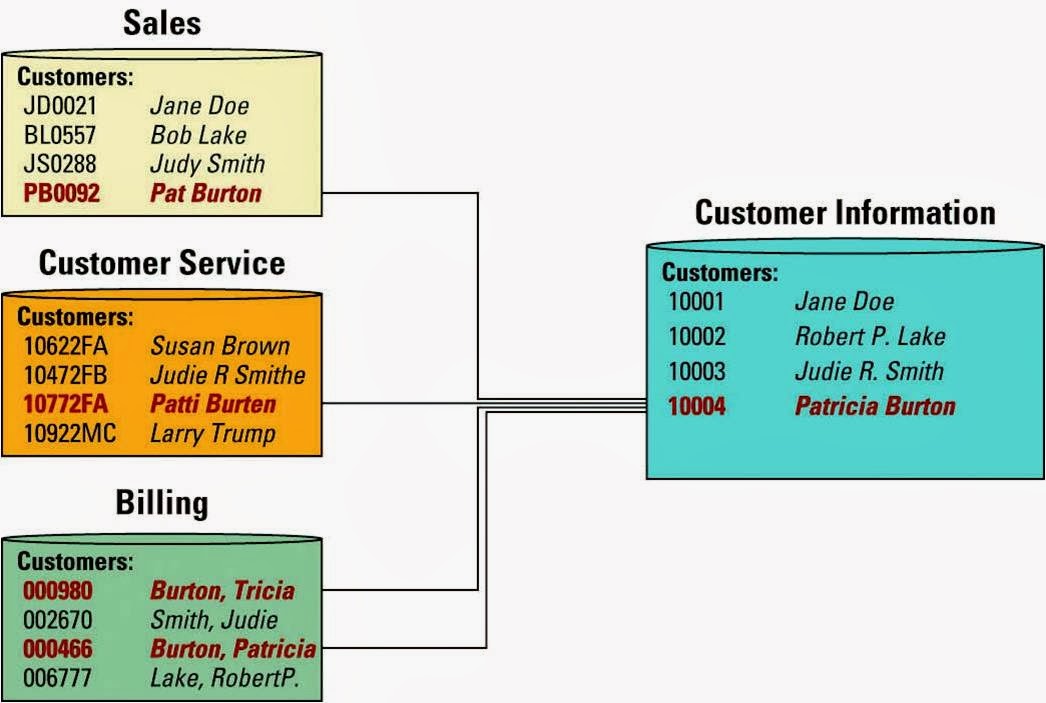INTEGRATING THE ORGANIZATION FROM END TO END - ENTERPRISE RESOURCE PLANNING
In this chapter, we learned about :
- Describe the role information plays in enterprise resource planning system
- Identify the primary forces driving the explosive growth of enterprise resource planning system
- Explain the business value of integrating supply chain management, customer relationship management, and enterprise resource planning systems
ENTERPRISE RESOURCE PLANNING (ERP)
- All the heart of all ERP systems is a database, when a user enters or updates information in one module, it is immediately and automatically updated throughout the entire system
- ERP systems automate business processes
BRINGING THE ORGANIZATION TOGETHER
- ERP - The organization before ERP
- ERP - Bringing the organization together
THE EVOLUTION OF ERP
INTEGRATING SCM, CRM, AND ERP
- SCM, CRM, and ERP are the backbone of e-business
- Integration of these applications is the key to success for many companies
- Integration allows the unlocking of information to make it available to any user, anywhere, anytime
- SCM and CRM market overviews
- General audience and purpose of SCM, CRM and ERP
INTEGRATION TOOLS
- Many companies purchase modules from an ERP vendor, an SCM vendor, and a CRM vendor and must integrate the different modules together
- Middleware : Several different types of software which sit in the middle of and provide connectivity between two or more software applications
- Enterprise application integration (EAI) middleware : Packages together commonly used functionality which reduced the time necessary to develop solutions that integrate applications from multiple vendors
- Data point where SCM, CRM, and ERP integrate
ENTERPRISE RESOURCE PLANNING (ERP)
- ERP systems must integrate various organization processes and be :
- Flexible - Must be able to quickly respond to the changing needs of the organization
- Modular and open - Must have an open system architecture, meaning that any module can be interface, with or detached whenever required without affecting the other modules
- Comprehensive - Must be able to support a variety of organizational functions for a wide range of business
- Beyond the company - Must support external partnerships and collaboration efforts
ENTERPRISE RESOURCE PLANNING'S EXPLOSIVE GROWTH
- SAP boasts 20,000 installations and 10 million users worldwide
- ERP solutions are growing because :
- ERP is a logical solution to the mess of incompatible applications that had sprung up in most businesses
- ERP addresses the need for global information sharing and reporting
- ERP is used to avoid the pain and expense of fixing legacy systems
































.jpg)
.jpg)
.jpg)






